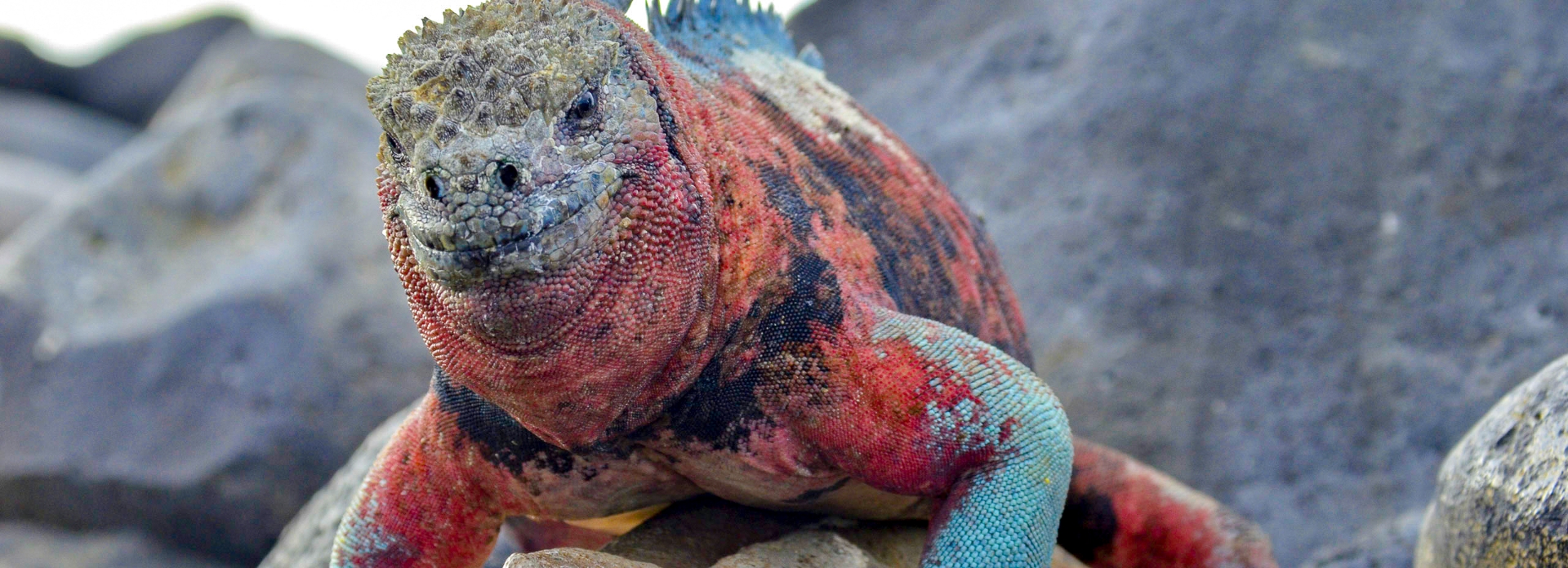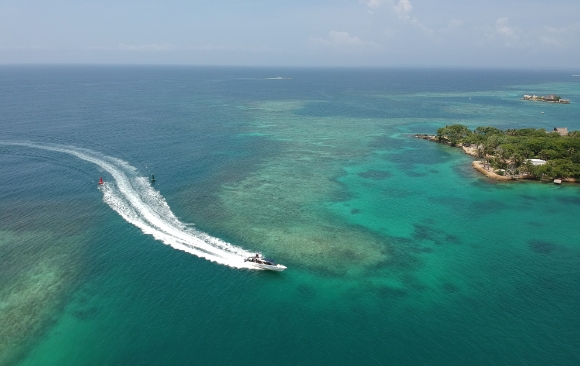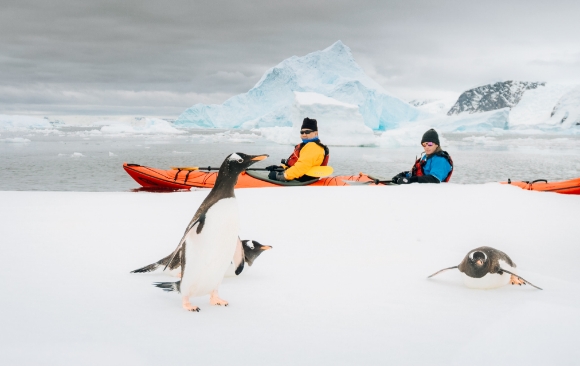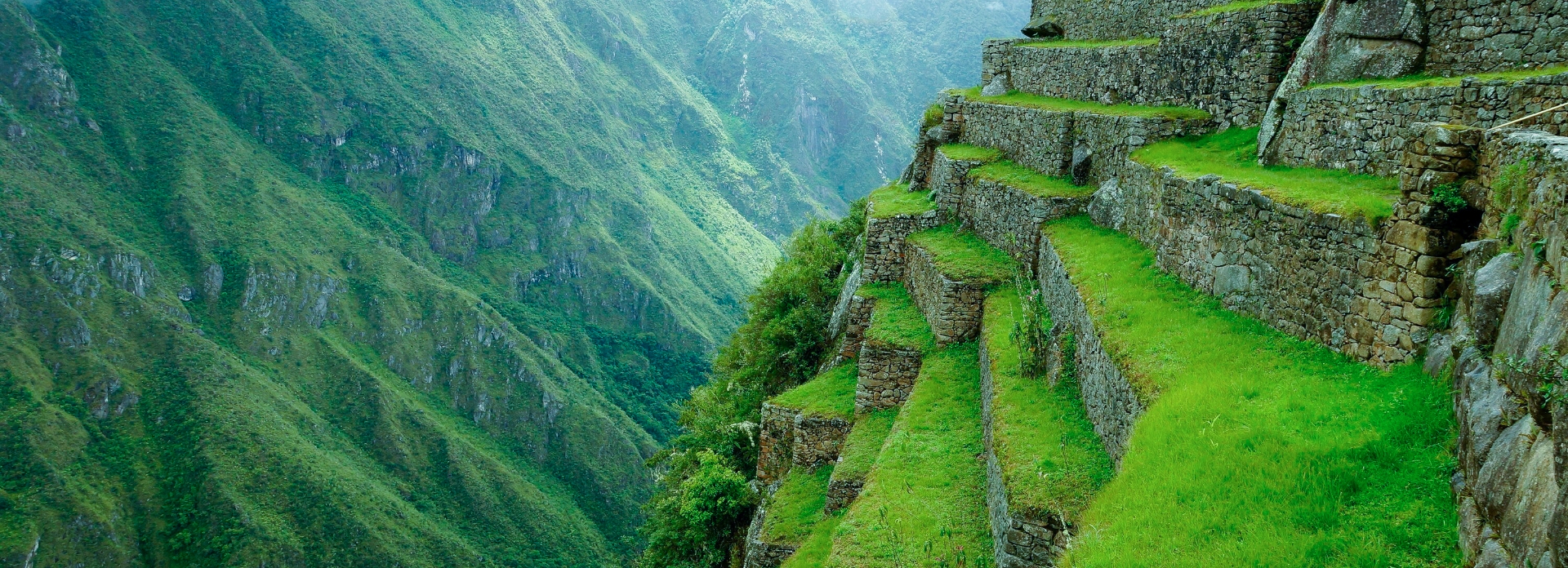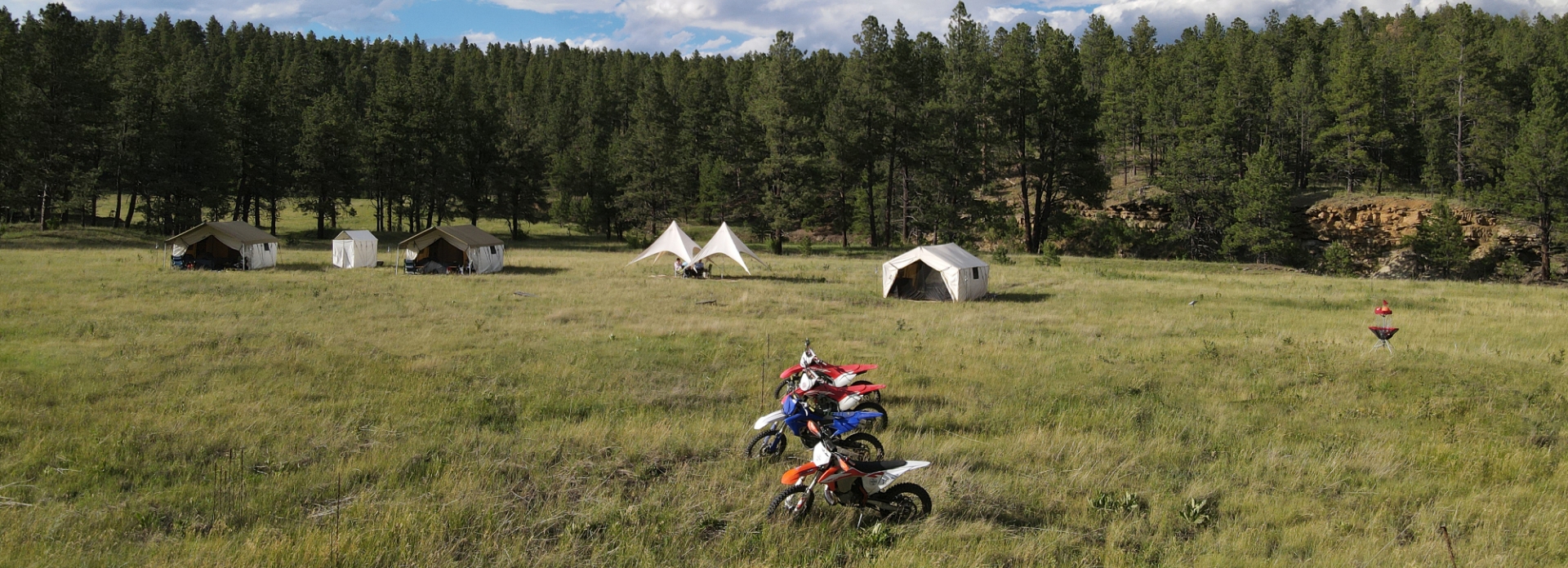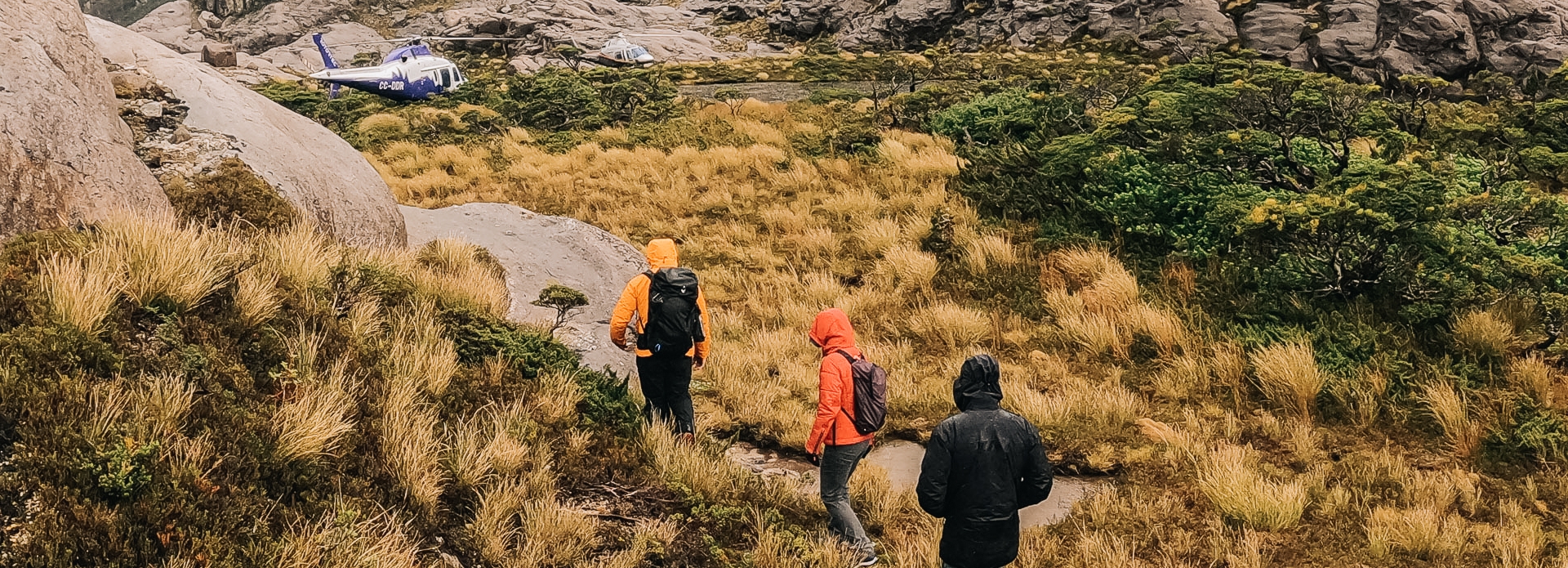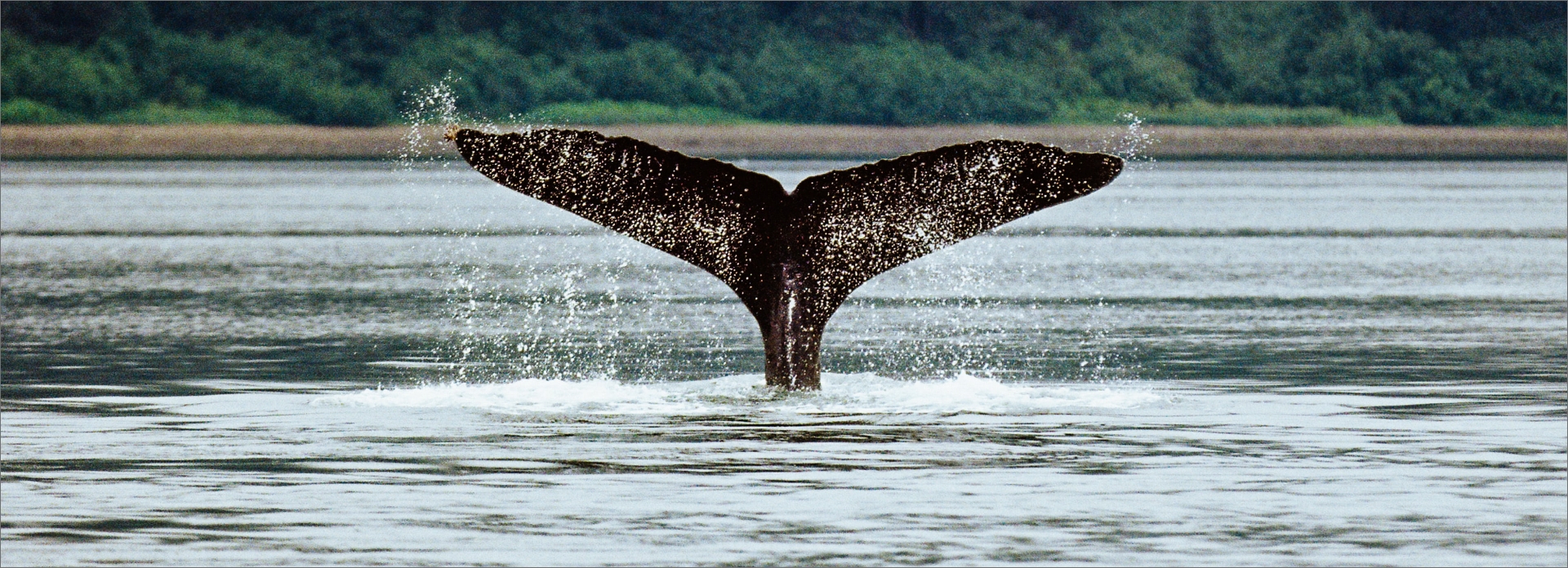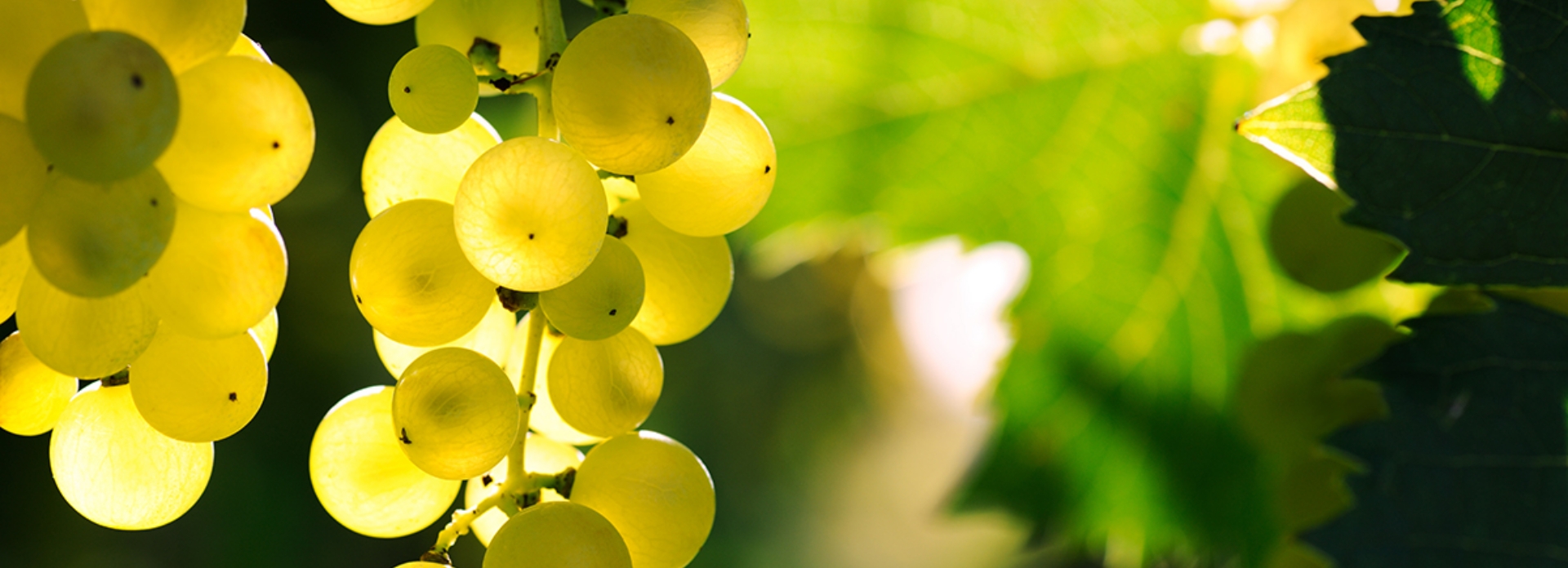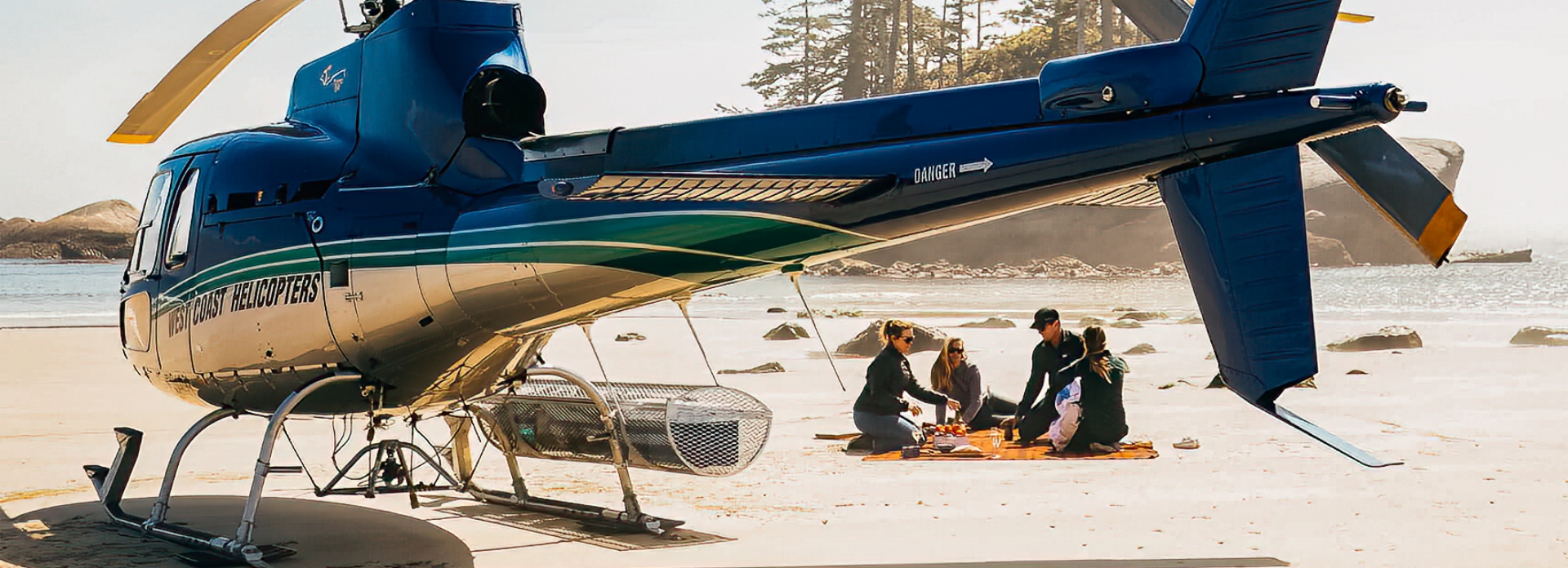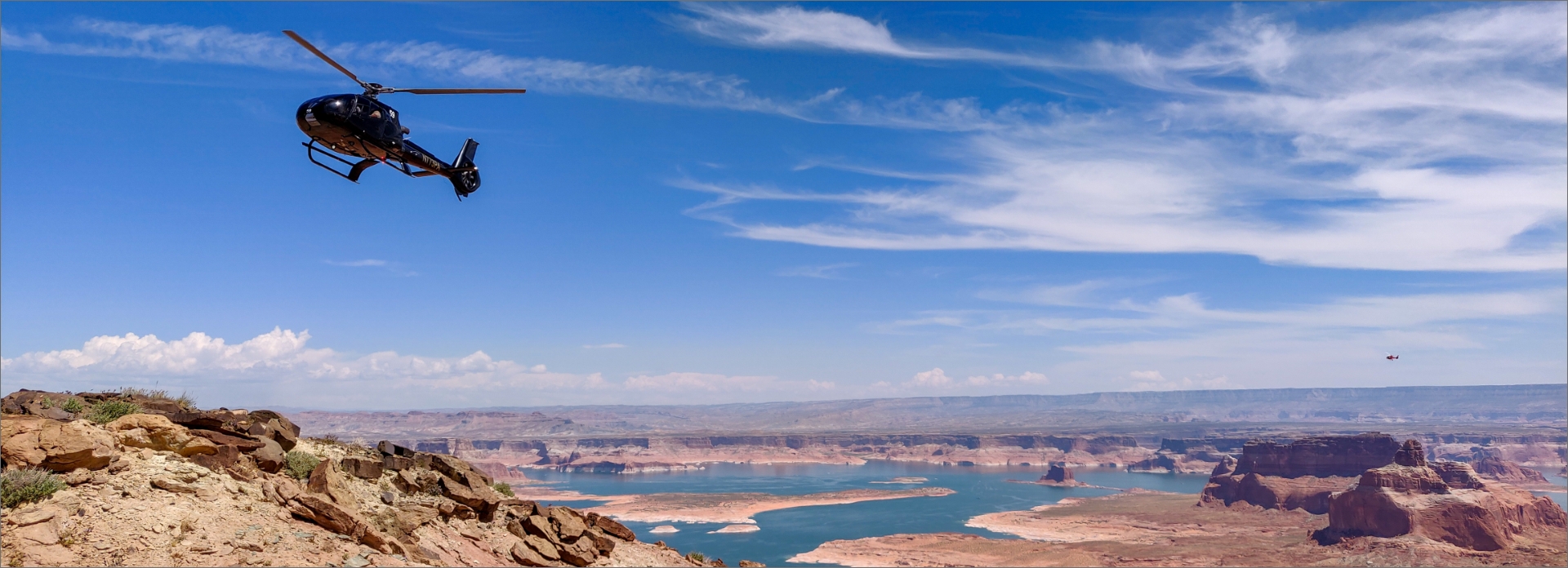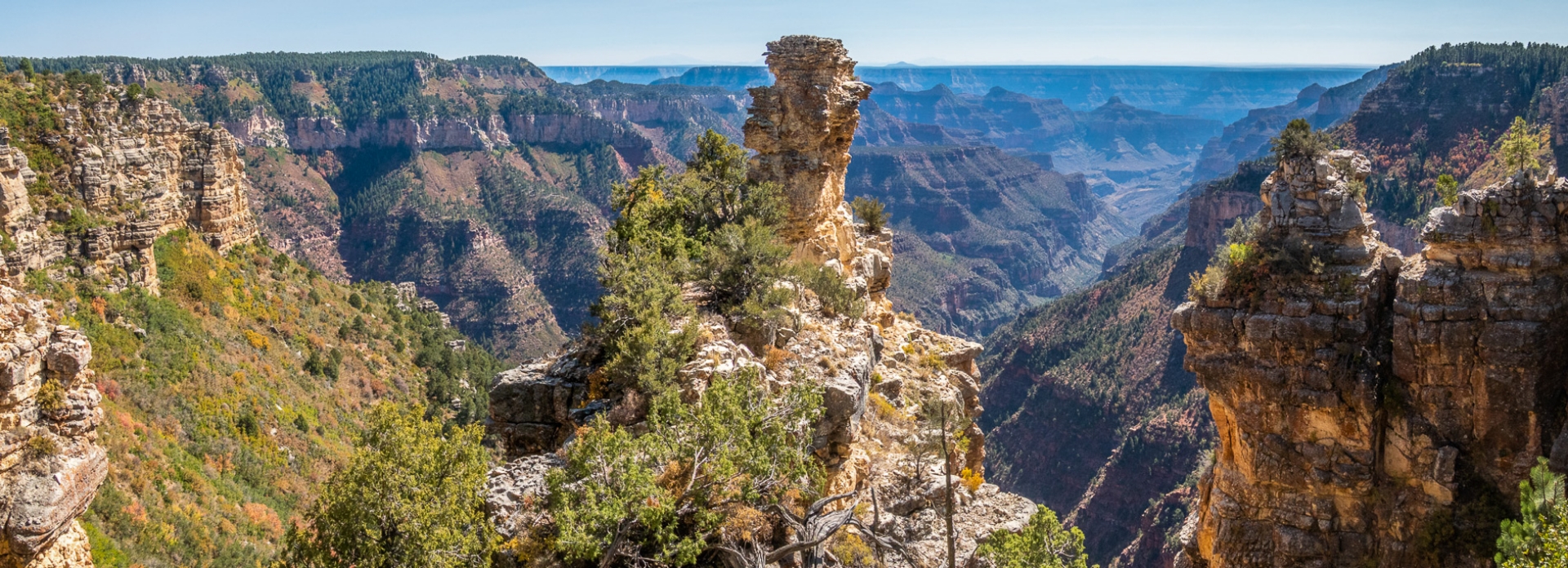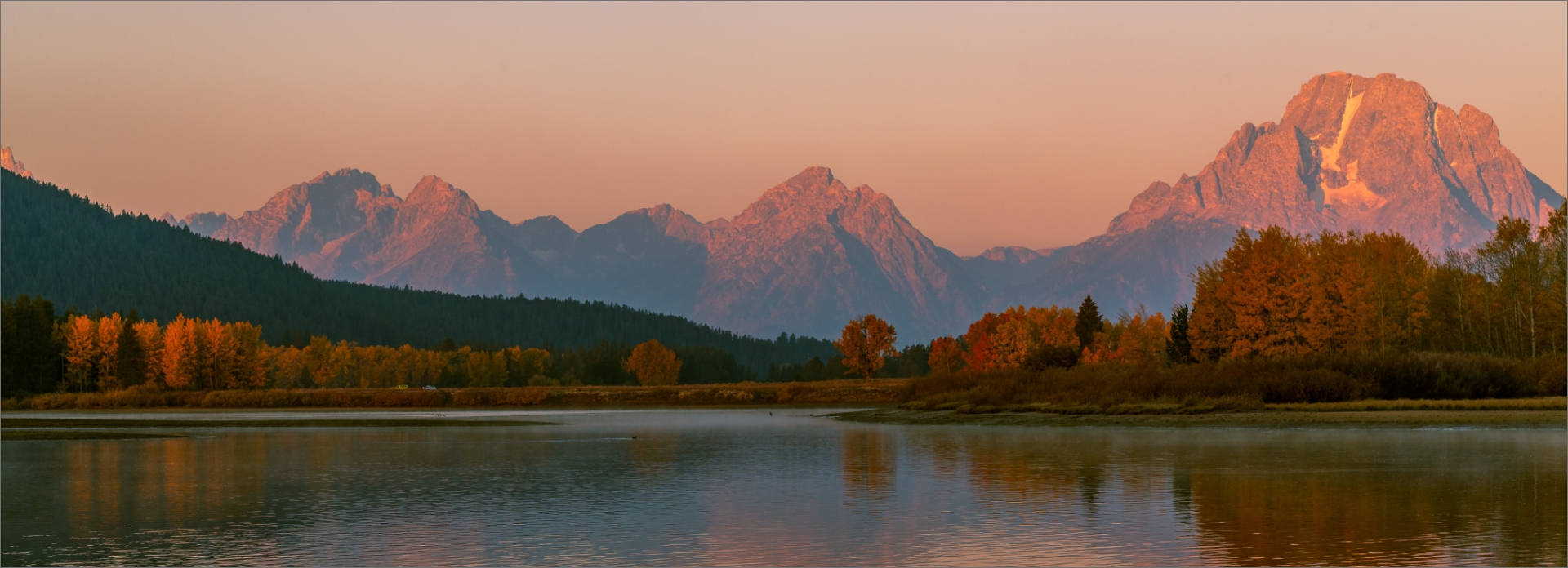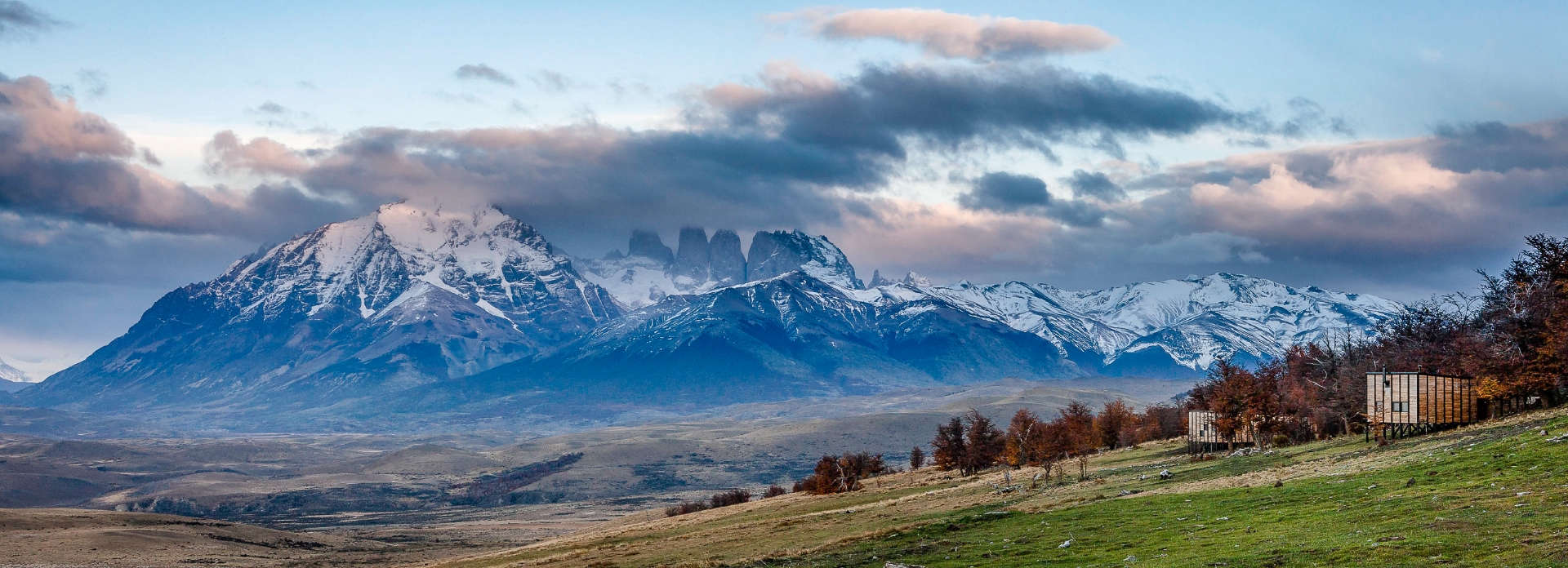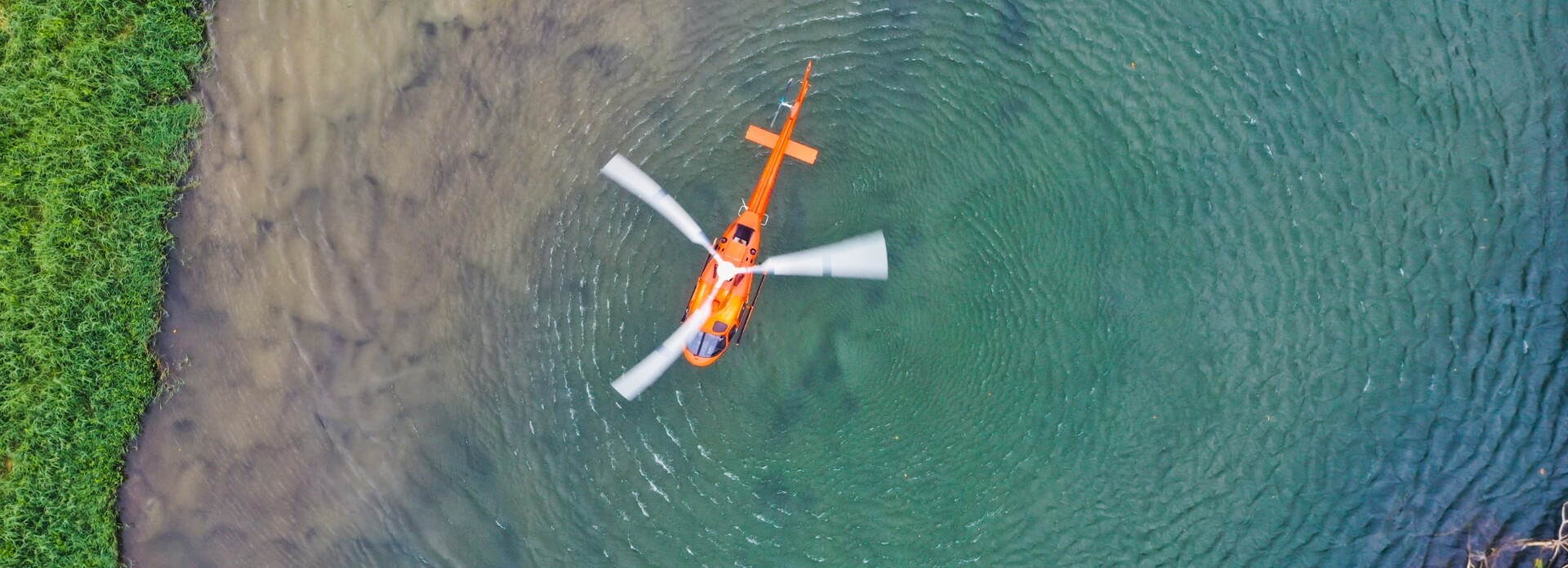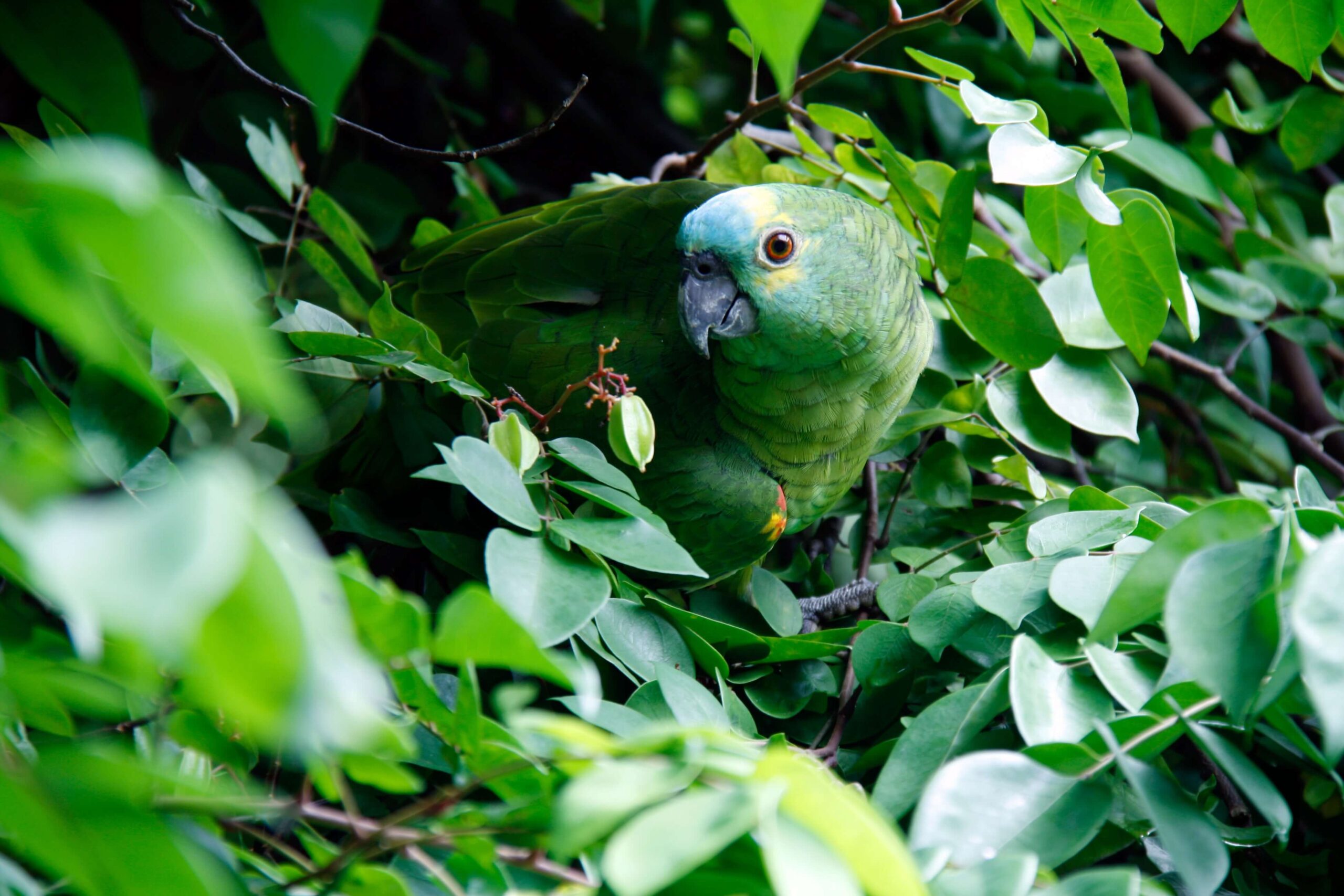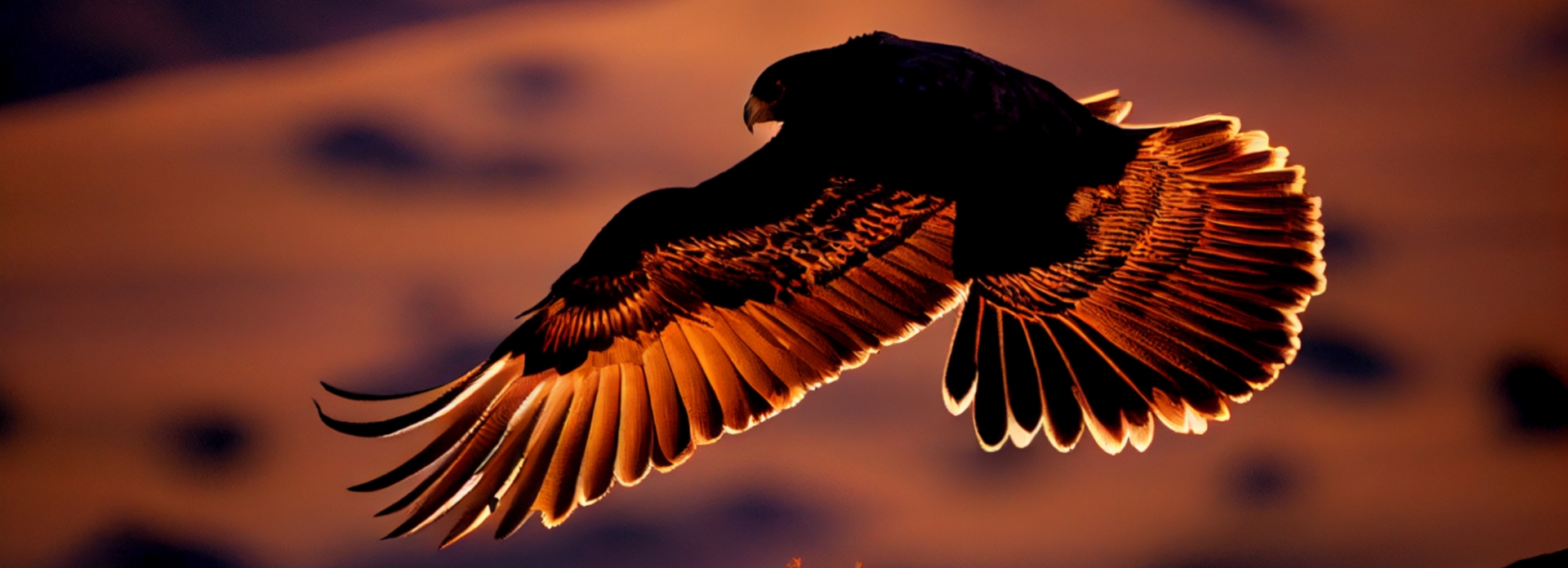If you’re looking for an island-based adventure, then it’s time to visit the Galápagos Islands! With gorgeous beaches and stunning forests, there are ample places to explore and relax on the islands. Located in the Pacific Ocean, at the center of three different ocean currents, this chain of 19 islands is considered a living museum home to a wide range of stunning marine life. The Galapagos’ isolation from the mainland has led to the development of unique animal life, some of which are seen nowhere else in the world! After all, these are the very same islands that inspired Charles Darwin’s theory of evolution.
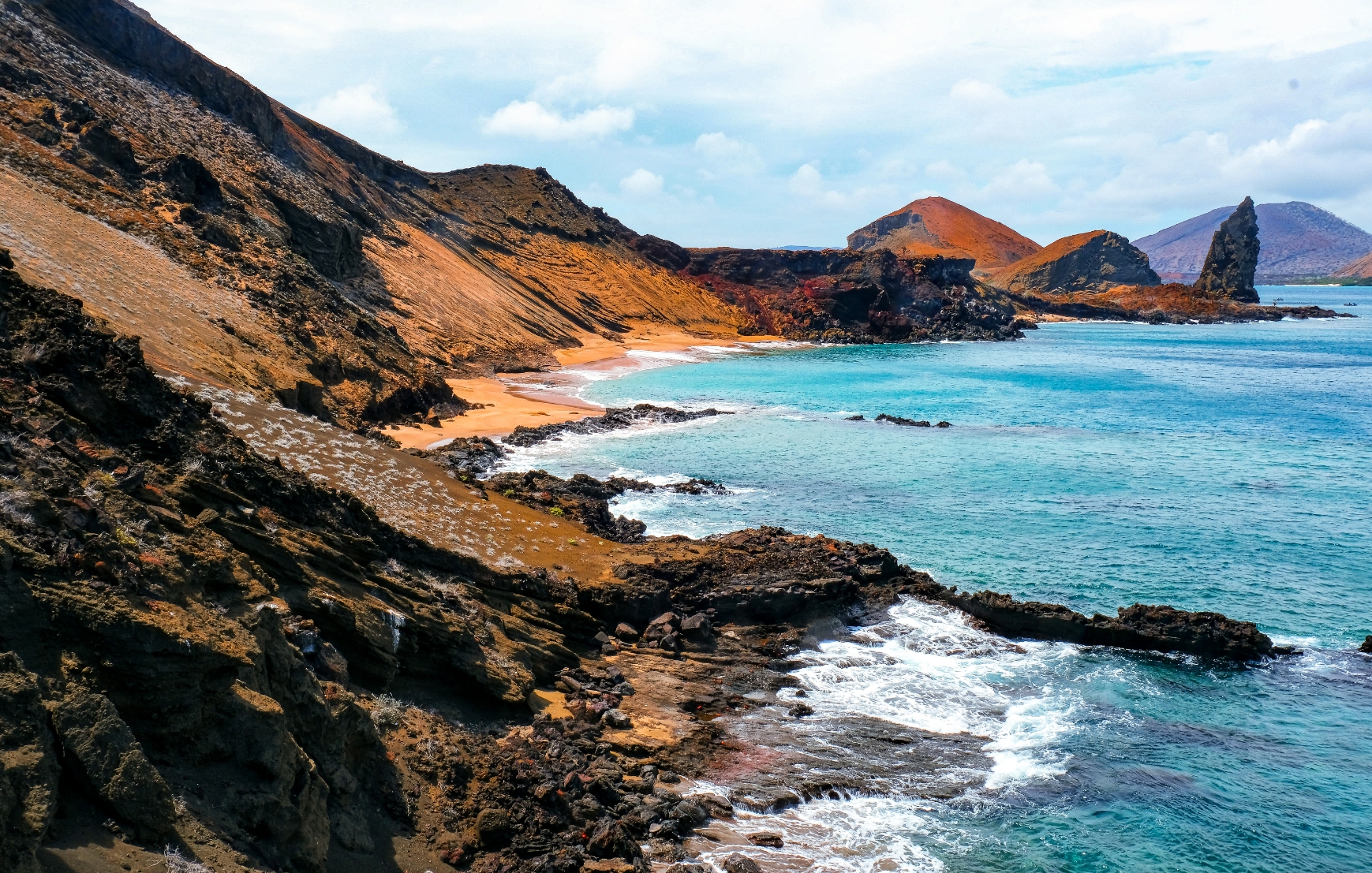
What are the Galápagos Islands?
Located 1000km (or just over 600 miles) off the coast of Ecuador, this province is a volcanic archipelago that is home to one of the world’s premier destinations for exotic wildlife viewing. Spend a day on the gorgeous sands of pristine beaches, or hike through volcanic terrain that feels like another planet altogether. Walk among the flamingos, kayak in tortoise-filled waters, and keep your eye out for unique bird sightings like the blue-footed booby. What better way to visit this unique archipelago than by having a relaxing stay in a luxury waterfront hotel and a vacation peppered with extraordinary wildlife encounters and experiences?
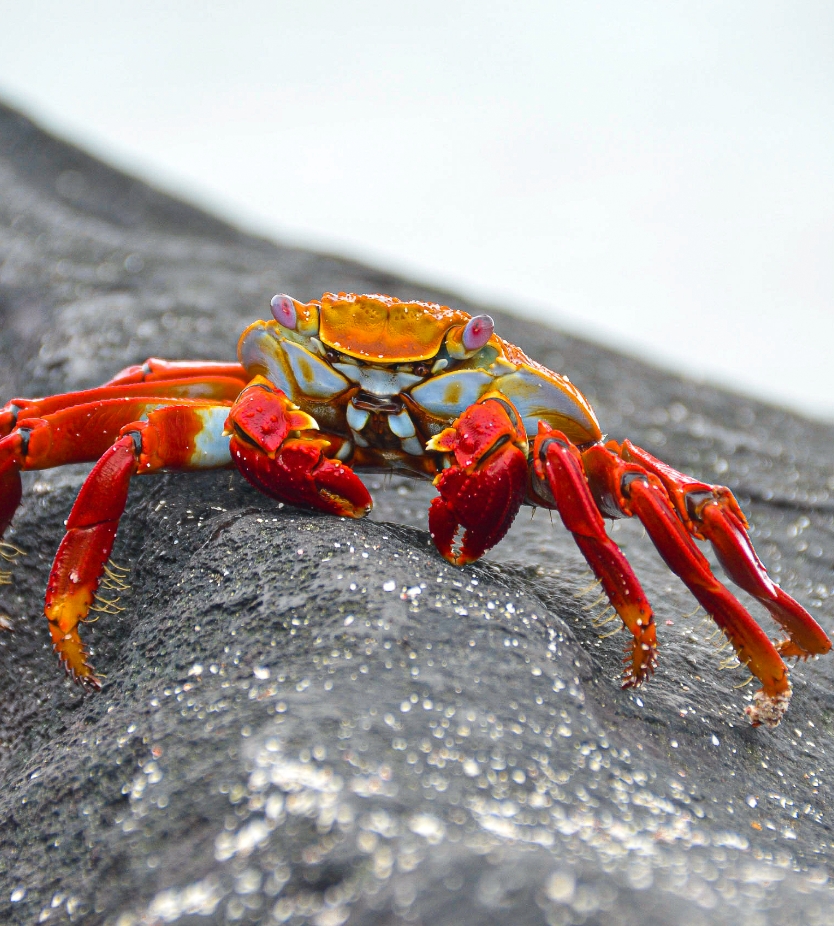
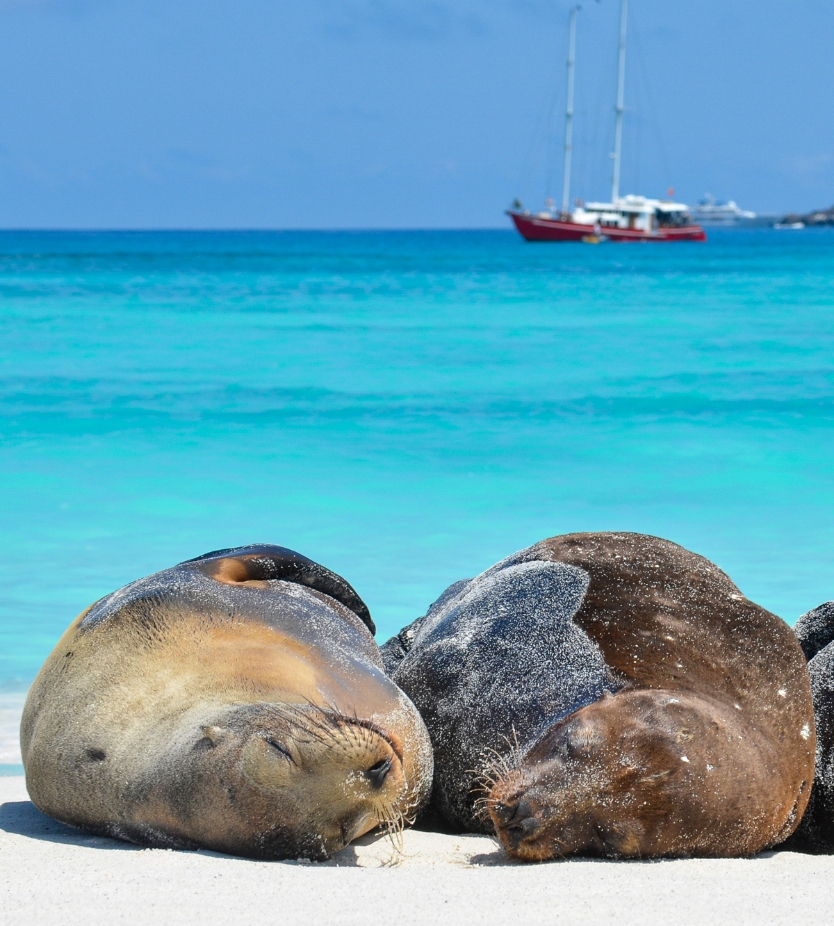
When to visit the Galápagos Islands?
Visiting the island depends on whether you prefer cooler and drier months (June-December) or the hotter, wetter seasons. The wet and rainy season lasts from January to May, with March and April being the hottest and wettest months, while August is typically cooler. Water temperatures during the dry season (June-December) will also generally be cooler, so if you intend to scuba dive or snorkel, you’ll need a wetsuit. The upside to cooler water temperatures is that the cold marine currents bring plankton in large quantities, and these plankton attract hungry marine life. The waters may be cool, but you’ll have plenty to see!
Galapagos & Ecotourism
With continual waves of tourism bombarding the islands, there have been great strides to create and maintain sustainable eco-conscious travel in the Galapagos. Over 275,000 people visit annually to see the incredible array of unique flora and fauna. Home to Galapagos National Park, which makes up over 97% of the island, travel is restricted exclusively to guided tours, and “leave no trace” is always expected. Measures have been introduced to protect a creature of mythological proportions: the Galapagos land iguana. The populations suffered severe decline and were considered extinct on the Island of Santiago due to the introduction of feral cats and goats—neither of which are native to the island.
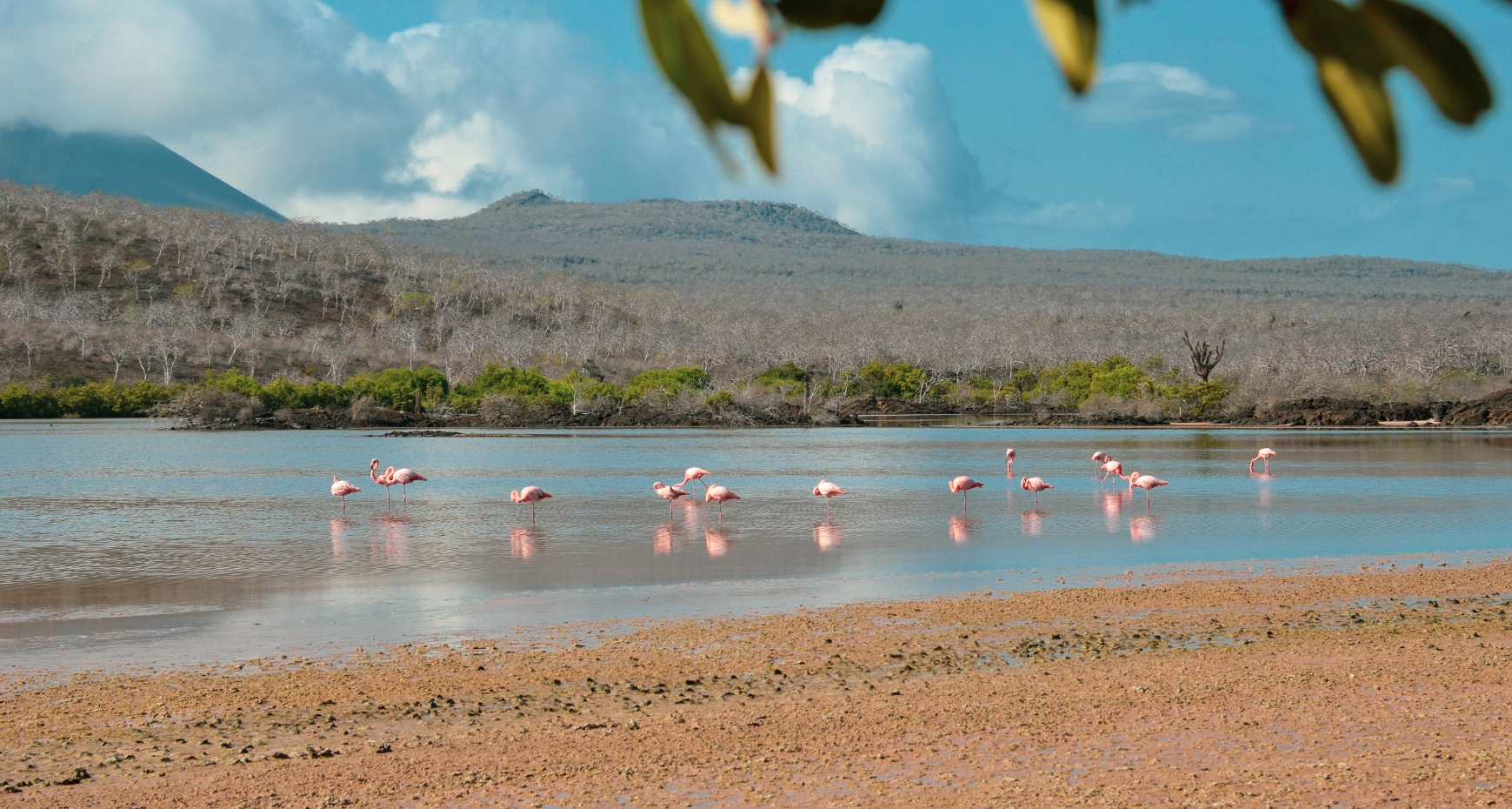
The Galapgos Dragons
The Galapagos Islands are not just a paradise for humans but are also home to three different species of iguanas.These miniature, dragon-like creatures are an integral part of the Galapagos ecosystem and are fascinating to observe. The marine iguana is incredibly unique as it is the only lizard that has learned to swim and dive. Marine lizards mate and nest on land but dive and hunt for food in the sea. They are easy to spot as the adults are very colorful, especially during mating season. Both Marine and land iguanas enjoy sunbathing on the warm desert-like beaches of the Galapagos.
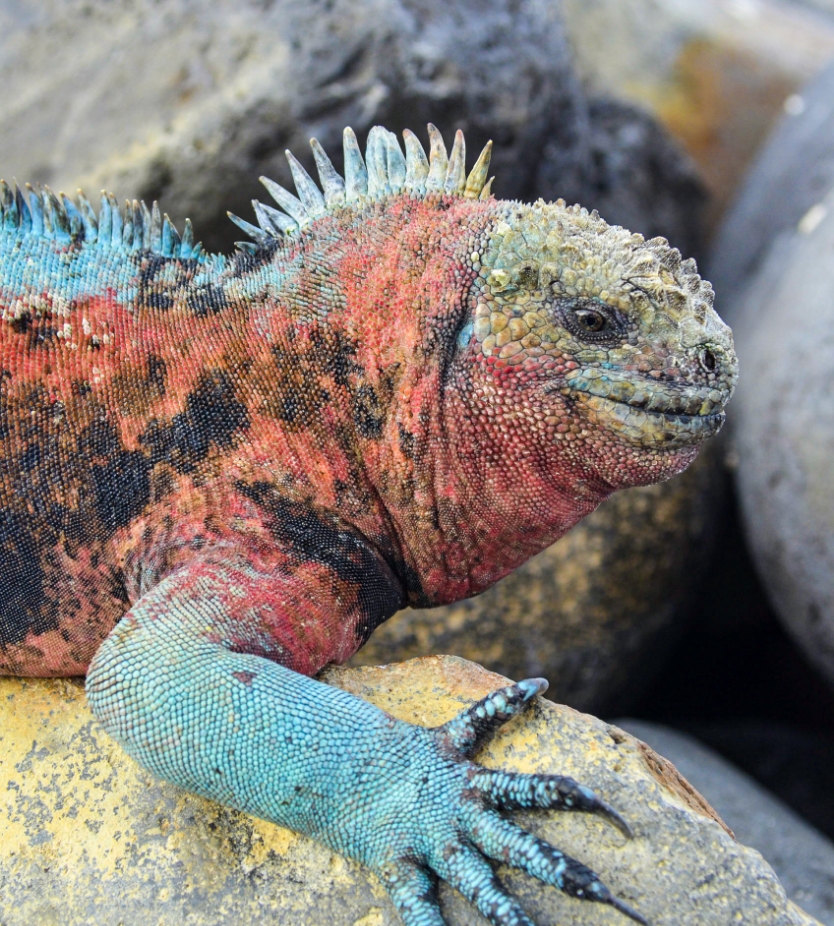
Marine Iguanas
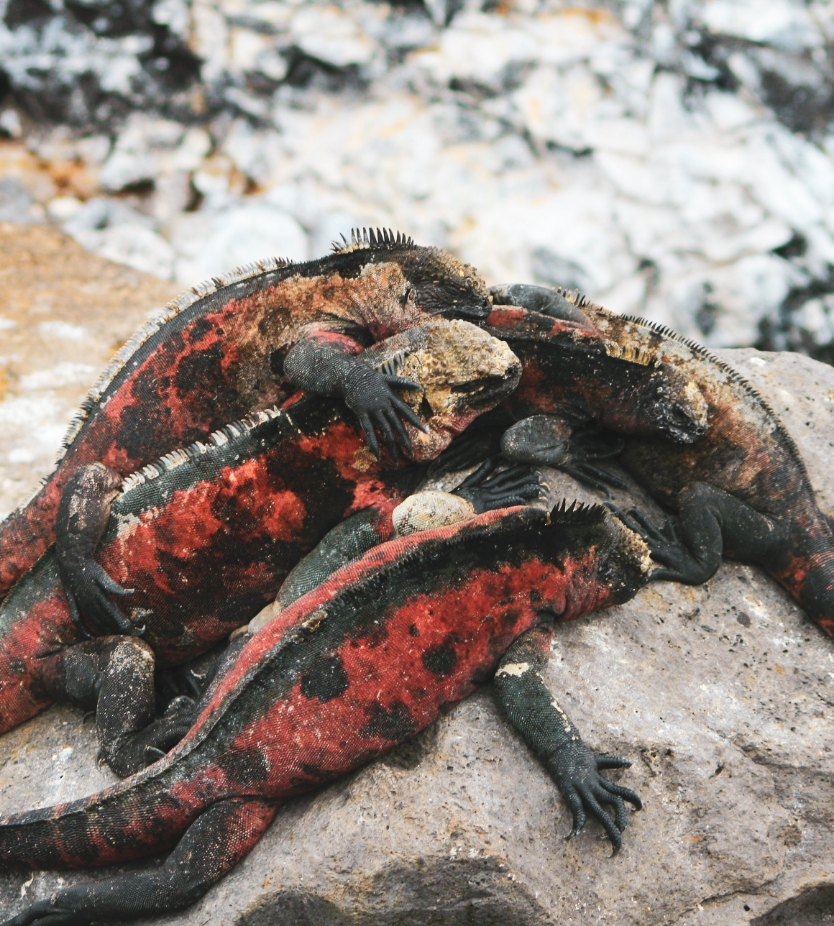
Reintroducing the Land Iguana
One of only three species of land iguana found in the Galapagos, the Galapagos Land Iguana is a large yellow lizard that thrives in arid climates. They grow up to 1 meter (3 feet) long and can live up to 50 years. To distinguish these from other land iguanas on the islands (Santa Fe and Pink Galapagos Land Iguana), look for the yellow-toned skin with white, black, or brown blotches. They have short heads, powerful hind legs, and sharp claws on their toes. While they may look intimidating, know that they are primarily herbivores, content to consume prickly pear leaves and fruit.
In January 2019, approximately 2,105 Galapagos land iguanas were reintroduced onto the island of Santiago from the Island of North Seymour. The populations of land iguanas on North Seymour totaled over 5,000 at one point and those large numbers created a struggle for food and resources. Through an initiative called the Galapagos Land Iguana project, these creatures will be protected by the Galapagos National Park and Island Conservation. These amazing animals are tagged and studied to better understand the cause of their decline in order to help save their population. Due to these heroic efforts, you can see these Galapagos Land Iguanas year round throughout the islands: Fernandina, Isabela, Santa Cruz, South Plaza, Baltra, Santiago and North Seymour islands.
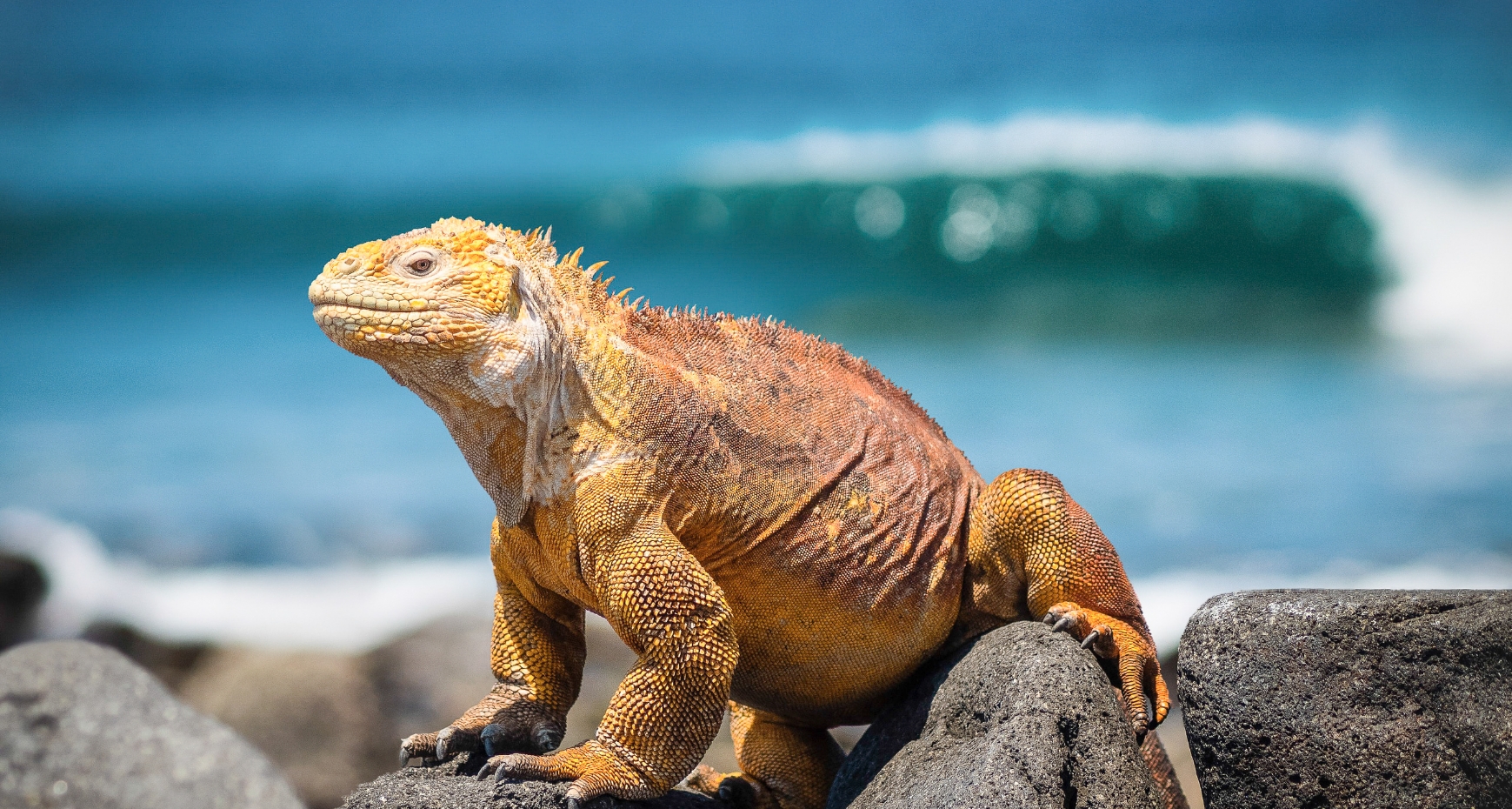
A Land Iguana sun bathing by the sea
It’s time to book your trip!
Have you considered embarking on a Galapagos luxury travel experience? Experience island life in a way that you never have before, via privately guided tours where you can observe the natural landscape formations, unique wildlife, and gorgeous flora. The Galapagos Islands are home to some of the most incredible wildlife that you simply cannot see anywhere else. Whether you stay in a luxury resort hotel, on a boat, or charter a luxury yacht, ask our experts about planning your Galapagos luxury travel experience.
